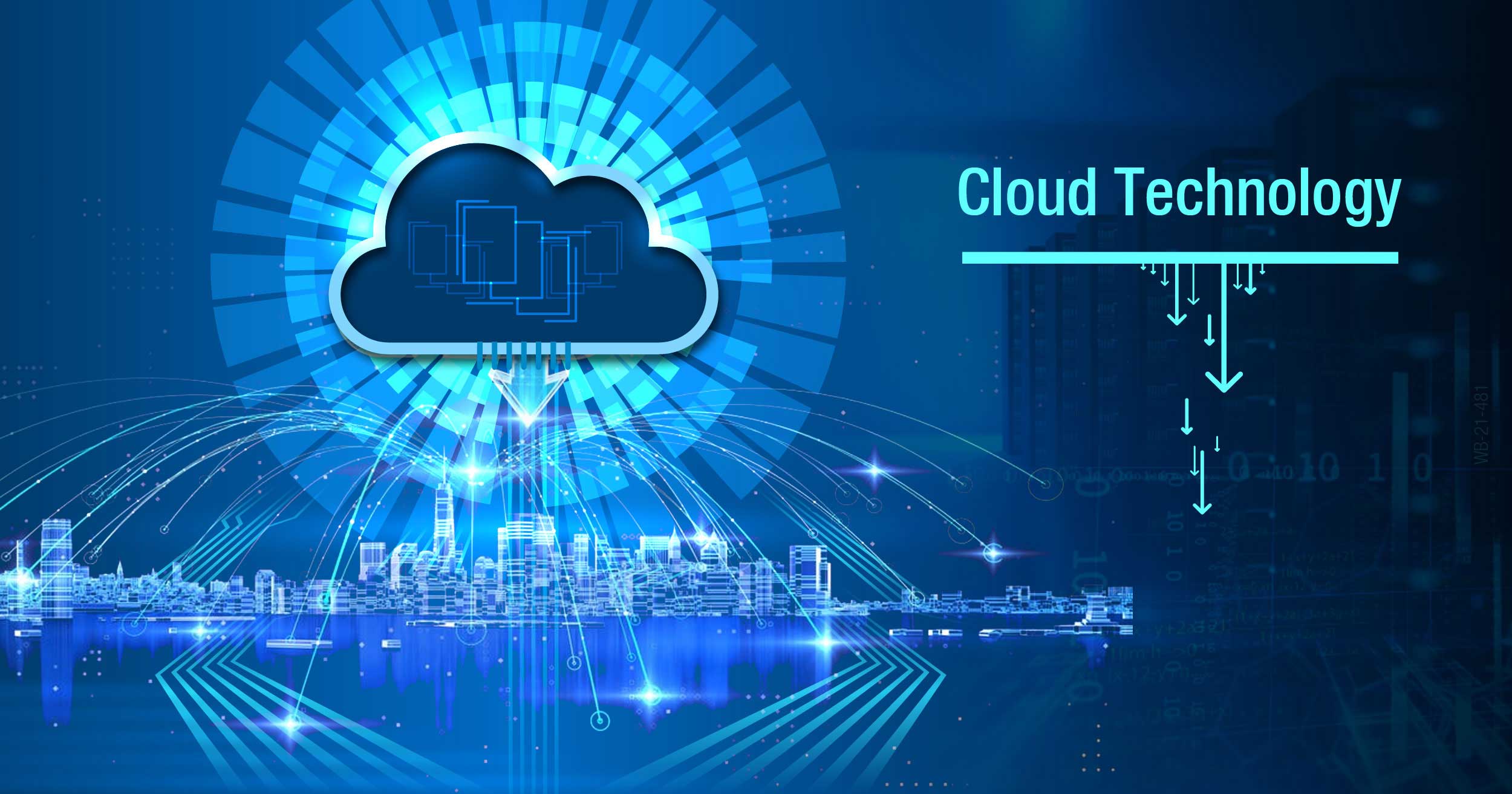FET Blogs





Cloud Technology refers to the distribution of various services through the internet using the cloud computing model. Tools and applications such as data storage, servers, database, networking and software, are examples of these resources.
Information Technology (IT) is delivered through the internet or a specialised network in the cloud, with on-demand distribution and payment, depending on consumption. Applications, development platforms, servers and virtual desktops are all cloud-based services.
Various application and infrastructure demands, such as Customer Relationship Management- CRM, database, computing and data storage, are met by cloud-based services in both the private and public sectors. Compared to a typical IT system, where software and hardware are financed upfront by departments and installed for months, cloud-based services offer IT resources in minutes to hours and align prices with actual usage.
As a result, firms become more flexible and can better control their expenditures. Customers use cloud-based services for similar purposes, such as simplifying application usage, archiving, sharing, protecting material and allowing access from any web-connected device.
In addition to cost savings and greater productivity, cloud computing is popular among individuals and organisations for various reasons, including performance enhancement, speed and efficiency, and safety.
Cloud computing services include various possibilities, from storage and networking to artificial intelligence and typical office programs. Services that do not require one to be physically present at computer hardware can now be offered via cloud computing services.
As a result of cloud computing, a wide range of services are available. Services like Gmail and cloud backups of smartphone pictures are examples, as are services that allow significant companies to host all their data and operate all their apps in the cloud. Moreover, several movie/video apps use cloud computing to manage their streaming service and other business processes.
Cloud storage refers to a service paradigm where data is sent and stored on remote storage systems. It is managed and backed up before being made available to users through a network, generally the internet. Most often, users pay a monthly fee for their cloud data storage based on consumption.
Besides, cloud storage relies on a virtualised infrastructure with readily available interfaces, near-instant elasticity and scalability, multi-tenancy and metering of resource usage. A third-party cloud provider manages a data centre where cloud-based data is kept in logical pools across different commodity storage systems.
There are three types of cloud data storage: Public Cloud, Private Cloud and Hybrid Cloud.
1. Public Cloud : Public cloud is a subscription-based storage service that provides a multi-tenant storage environment best suited for unstructured data. Data is kept in a data centre and dispersed over many countries or continents as a service provider in the public cloud.
2. Private Cloud: A private cloud service is an internal storage resource protected behind a firewall. Users, who want customisation, more control over their data, and have a great requirement for regulatory or data security benefit from private clouds.
3. Hybrid Cloud: Hybrid cloud is a blend of private and public cloud storage services from third parties, with a layer of orchestration management to connect the platforms.
1. Infrastructure as a Service (IaaS): It is an entry-level cloud computing service where IT infrastructure can be rented from a cloud service provider on a pay-per-use basis, including servers and virtual machines (VMs), storage, networks, and operating systems.
2. Platform as a Service (PaaS): Platform as a Service provides a development, test, delivery and management environment for software applications. Web and mobile app developers may create apps faster using PaaS since they do not have to set up or manage the servers, storage, network and databases required for the development.
3. Serverless Computing: Serverless computing, which overlaps with PaaS, focuses on creating app functionality without constantly managing servers and infrastructure necessary to do so. Setup, capacity planning, and server administration are all taken care of by the cloud service provider. Besides, event-driven and scalable serverless systems use resources just when a specified function or trigger happens.
4. Software as a Service (SaaS): Software as a Service allows users to access software programs using the internet on-demand basis and generally through subscription. In most cases, users use a web browser on their phone, tablet, or PC to access the program. A cloud service provider hosts and maintains the software application and infrastructure. It provides any necessary maintenance such as software upgrades and security patches for SaaS applications.
Although cloud computing has been around for a long time, it is still at an early adoption stage. Many organisations are on the verge of deciding which apps to migrate and when to do so. However, as companies are getting more comfortable with the concept of having their data stored in someplace other than a server in the basement, usage of cloud computing is rapidly increasing.
Some firms state that moving data, applications, software etc., to the cloud may help organisations rethink business processes and speed up transformation by breaking down data and organisational silos.
A1. Commonly, cloud storage is classified into:
A2. Here’s a typical process:
Each provider has a console or API, but the steps are similar.
A3. There is no one “safest” option universally; safety depends on architecture, settings, and usage. However, the elements of a safe cloud storage are:
When properly configured, major providers like Google Cloud, AWS, and Azure offer robust security by design.
A4. Google Cloud Storage is a managed service that stores unstructured data (objects) in “buckets.”
Key features include: